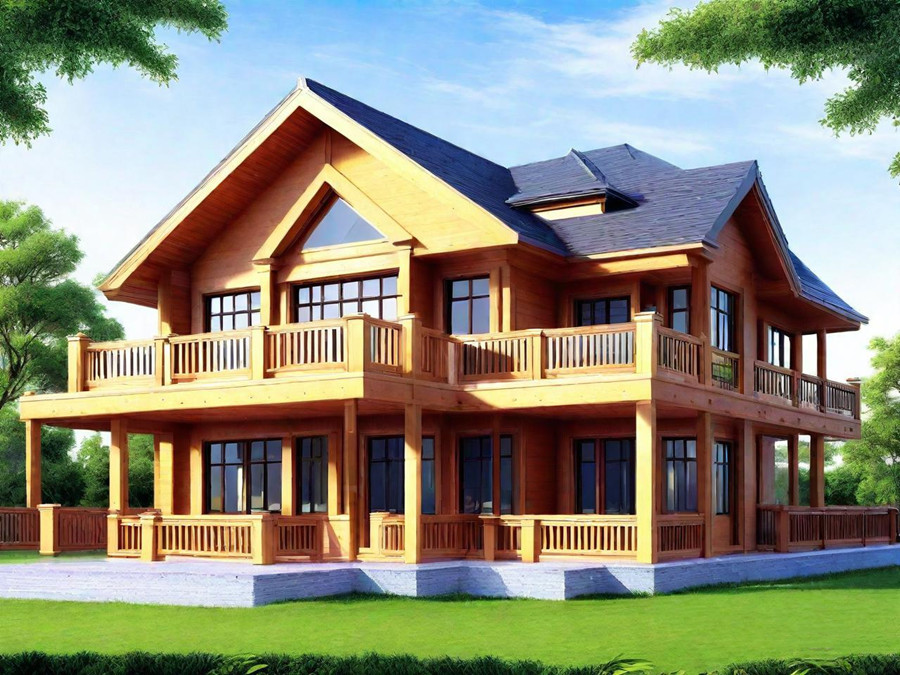How Steel-Wood Structures Face Disasters
2024-10-03 15:50
In modern architecture, steel-wood structures are favored for their unique strength and flexibility. However, the threats posed by natural disasters such as earthquakes, storms, and floods cannot be underestimated. Thus, exploring how to enhance the disaster resilience of steel-wood houses through reasonable structural design and reinforcement measures is crucial.

1. Reasonable Structural Design
The design of steel-wood houses should emphasize mechanics to ensure effective load distribution and transfer under external forces. Designers should select appropriate material combinations, utilizing the high strength of steel and the ductility of wood to enhance stability during extreme weather or seismic events. Employing triangular or rectangular frame structures can significantly improve earthquake resistance. Additionally, incorporating proper bracing and isolation devices can further bolster overall disaster resilience.
2. Reinforcement Measures
Implementing effective reinforcement measures during construction is vital for enhancing disaster resilience. Utilizing high-performance concrete, rebar, and specialized connectors can strengthen the integrity of steel-wood structures. Installing seismic bracing systems effectively absorbs seismic energy, reducing vibration amplitude. To address storm and flood threats, the design should include waterproof measures, such as elevated foundations and efficient drainage systems, ensuring that interior spaces remain safe during extreme weather conditions.
3. Application of Seismic Technologies
In seismic design, advanced technologies such as base isolation and energy-dissipating devices can significantly reduce the impact of earthquakes on buildings, making steel-wood structures safer and more reliable. Additionally, integrating modern technology allows for disaster scenario simulations, enabling the identification of potential risks and necessary improvements in advance.
4. Regular Maintenance and Inspection
Regular maintenance and inspection are essential to maintaining the disaster resilience of steel-wood houses. By conducting structural checks, potential hazards can be identified and addressed promptly. Furthermore, regular earthquake drills can enhance residents' emergency response capabilities, ensuring effective self-protection during actual natural disasters.
5. Conclusion
In summary, steel-wood structures can significantly enhance their disaster resilience through reasonable structural design and effective reinforcement measures when facing natural disasters. This requires not only the expertise of designers but also the skilled craftsmanship of construction teams. Through scientific planning and continuous maintenance, steel-wood houses can serve as the ultimate protective shield against natural disasters. In facing future challenges, we have the responsibility and obligation to explore and implement more effective disaster resilience solutions.



